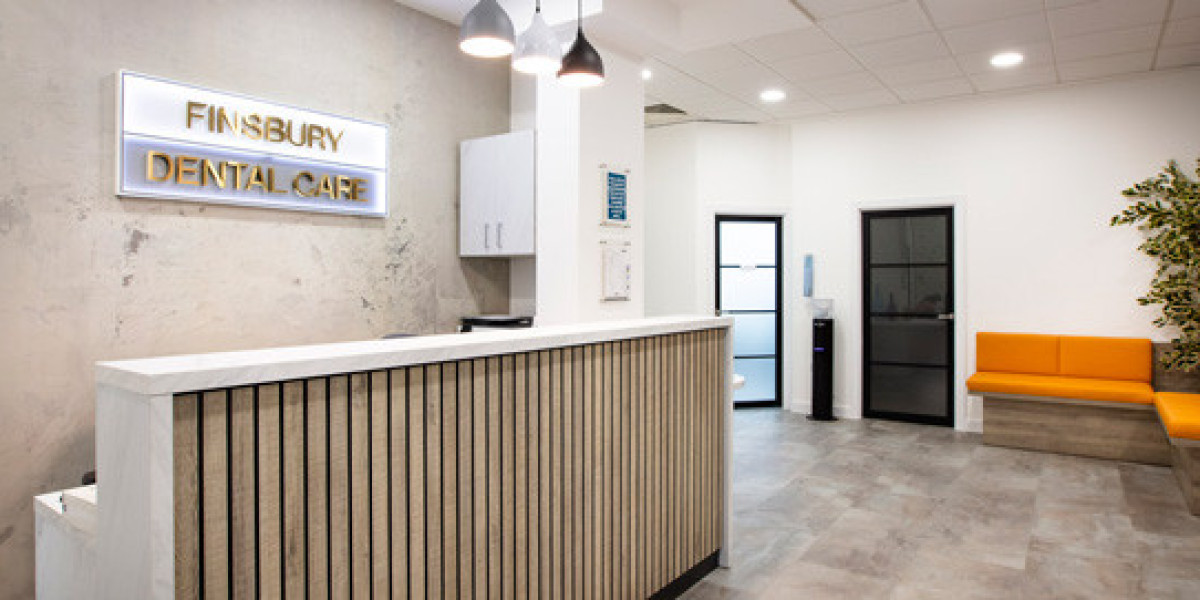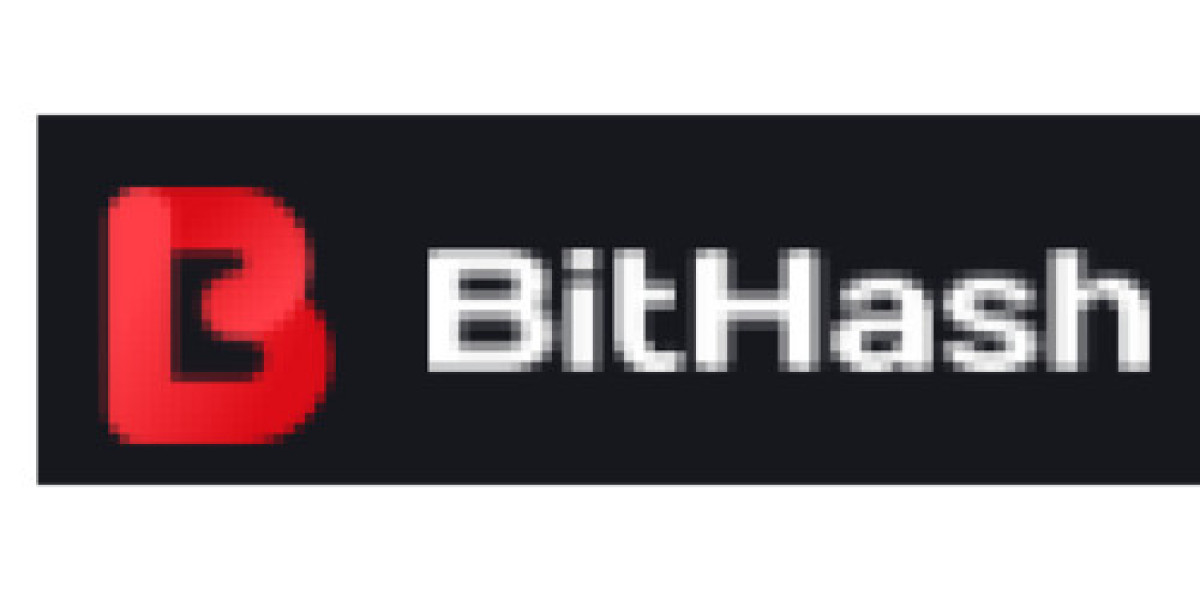Smooth and efficient patient flow is vital for delivering top-quality care and maintaining a well-organised atmosphere in dental clinics. An often-overlooked tool in achieving this is the in-house alert system. Though less visible than dental technology or design upgrades, a well-implemented alert system significantly boosts operational efficiency and patient satisfaction. In this blog, we explore how in-house alerts streamline patient flow, enhance clinic operations, and improve the patient experience, while discussing the benefits, applications, and challenges of implementing this technology in your practice.
The Importance of Streamlined Patient Flow
Before exploring the role of in-house alerts, it's essential to understand why patient flow is crucial in a dental clinic. Patient flow refers to how patients move through the various stages of their appointment, from check-in to treatment and departure. A smooth patient flow reduces waiting times, improves satisfaction, and enhances staff productivity.
In a squat dental practice where space is limited, optimising patient flow is especially important. Efficient flow reduces bottlenecks, maximises space, and prevents delays. Poor flow, on the other hand, can result in frustrated patients and overwhelmed staff, ultimately affecting the clinic's overall efficiency.
How In-House Alerts Work
In-house alert systems are designed to facilitate communication within the dental practice by notifying staff about important tasks and patient status updates. These systems can take various forms, from simple sound or visual alerts to more sophisticated, fully integrated digital notifications that alert specific staff members in real-time.
Key Functions of In-House Alerts:
- Appointment Notifications: Alerts can inform staff when a patient has checked in, when a new appointment is scheduled, or when a patient is ready for treatment.
- Treatment Status Updates: Alerts can notify dental assistants when a treatment room is ready, or when a specific patient is ready for the next stage of care.
- Emergency Alerts: In cases of emergency, in-house alerts can help ensure that the appropriate staff members are notified immediately, allowing them to respond quickly and efficiently.
- Room Availability: In larger clinics or squat dental practices, alerts can help ensure that rooms are being utilised efficiently, preventing overcrowding or delays.
In a dental clinic, these alerts are typically triggered by the clinic management system, which is integrated with patient data, treatment schedules, and room availability. Alerts are sent through visual displays, pagers, or even mobile apps, depending on the clinic’s technology setup.
Benefits of In-House Alerts in Streamlining Patient Flow
1. Reduced Waiting Times
In-house alerts enhance communication by providing real-time updates between the front desk, treatment teams, and administrative staff, reducing the need for verbal communication or notes. This ensures efficient patient movement through each care stage. By integrating alert systems into the clinic’s design, including treatment rooms, waiting areas, and staff stations, smooth coordination is achieved, preventing delays and optimising patient flow in a well-organised environment.
2. Improved Coordination Among Staff
In-house alerts improve communication and coordination in dental clinics by providing real-time updates to staff via mobile devices or desktop screens, reducing the need for verbal communication or notes. This ensures smooth patient movement through each care stage. By integrating alert systems into the clinic’s design, including treatment rooms, waiting areas, and staff stations, coordination is optimised, preventing delays and improving overall patient flow.
3. Enhanced Patient Satisfaction
In-house alerts help reduce waiting times, directly enhancing patient satisfaction by ensuring timely and efficient care. Patients feel respected when their needs are promptly addressed, leading to a positive experience. In squat dental practices, where space is limited, alerts minimise bottlenecks, ensuring smooth patient movement throughout the clinic. This reduces waiting and enhances overall patient satisfaction by streamlining the care process.
4. Increased Staff Productivity
In-house alerts automate patient updates, helping dental professionals focus on care without manual status checks.This boosts productivity by allowing staff to act promptly on updates. Integrating alert systems into the dental clinic design ensures seamless communication across treatment rooms, sterilisation areas, and front desks, enabling staff to remain informed and efficient, enhancing overall clinic productivity.
Addressing Challenges in Implementing In-House Alerts
Implementing an in-house alert system in your clinic may not be without challenges.
- System Integration
Integrating an alert system with your existing clinic management software can be complex. Ensure that the system you choose is compatible with your current technology infrastructure to avoid costly upgrades.
2. Training and Adoption
Staff members may need to be trained to effectively use the new system. Proper training is essential to ensure that everyone understands how to use the alerts and respond quickly to notifications.
3. Cost Considerations
Setting up an in-house alert system requires an investment in both hardware and software. Be sure to consider the long-term benefits, such as improved staff productivity and patient satisfaction, to justify the initial cost.
Maximising the Effectiveness of In-House Alerts
To make the most of your in-house alert system, consider these best practices:
- Customise Alerts to Fit Your Needs: Tailor the alert system to your clinic’s specific workflow. For example, set up alerts for specific stages of treatment or for particular staff roles.
- Regular Training: Provide regular training to ensure that all staff members are comfortable using the system and know how to respond quickly.
- Monitor and Optimise: Continuously assess the system’s performance and make adjustments as needed to ensure maximum efficiency.
Conclusion
In-house alerts play a crucial role in optimising patient flow in dental clinics, from reducing waiting times to improving staff coordination and enhancing patient satisfaction. By integrating these systems into your practice layout, you can create a more efficient, responsive environment that supports both staff and patients.
At Divo Interiors LTD, we understand the importance of creating an efficient and streamlined workflow in your dental clinic. Whether you're designing a new clinic or refurbishing an existing one, we can help you integrate systems that enhance operational efficiency and deliver an exceptional patient experience.



